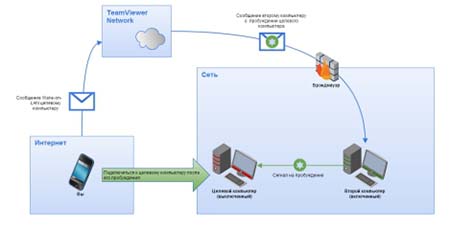
To wake up a device at home, over the Internet (ie. MiniWOL, and Wake On LAN in general, is intended to be used in a local network, meaning: wake up a network device in the same network you’r in (at home or in the office).

See also these 2 Microsoft Technet articles: About Subnet-Directed Broadcast and Choose Between Unicast and Subnet-Directed Broadcast for Wake On LAN. This is unfortunate, since broadcasts aimed at a specific device (unicast) appears more secure than subnet-directed broadcast. This technique does seem to be required for some devices to work with WOL.

Naturally, you can guess that this is not 100% fool proof, but it’s better than nothing, and in your local network (at home or in the office) this might be safe enough.Īdditionally a broadcasting address (or mask) is supported, which allows you to send the magic packet to the entire network or parts of the network (default: 255.255.255.255). To prevent that just anything can wake up such a network device, a very specifically formatted “magic packet” has to be send over the network. Normally just one single packet should do the trick, but most Wake On Lan applications actually send more than one packet – just to make sure. The Magic Packet ( UDP) is typically send to port 9, some systems default to port 7, and some systems allow you to define your own port number. However, Apple had to change a few things ( moving to 64 bit, using Cocoa instead of Carbon, and the need to sign and notarize applications – I suspect Microsoft will probably follow soon) so while revamping the Mac version, I revamped the Windows version as well, and added a 64-bit Linux version as well (by request). The old miniWOL has been good so far, and plenty folks seem to have a good use for it privately and professionally.

Well, after a bit of searching I could not find anything suitable or to my liking and I decided to just write something myself. I wanted just a simple menu in the System Tray (Windows: next to the clock, usually the lower-right corner of your screen) or Menubar (MacOS X – top of your screen, Linux often at the bottom of your screen).

A while back I created a simple application for this – miniWOL – keeping in mind that the user may not be too familiar with all the configuration details (see: previous miniWOL versions). Waking up devices that are network connected, can be done with the so called “ Wake On LAN” feature provided by certain devices (like for example a NAS, FileServer, or even a PC).


 0 kommentar(er)
0 kommentar(er)
